White, JohnAmericae pars, nunc Virginia dicta. Frankfurt: 1590
Copper-engraved map (sheet size: 328 x 428 mm), state II; small expert repair to margin and central fold.
A seminal map of America: the first detailed depiction of the Virginia coast and Carolina capes, showing the coast from the mouth of the Chesapeake to Wilmington, North Carolina.
Theodore de Bry's map of Virginia, after John White is one of the most significant cartographical milestones in North American history. It was the most accurate map drawn in the sixteenth century of any part of that continent. It became the prototype of the area long after James Moxon's map in 1671. The region of Chesapeake Bay was, however, improved by the surveying of John Smiths around 1607. This is the first map to focus on Virginia (now largely North Carolina), and records the first English attempts at colonization in the New World.
Stephenson & McKee state: "The new geographical information imparted by the White-de Bry engraving swept through Europe and was incorporated into maps by other publishers for at least eighty years. Roanoke Island, neighboring Indian villages, and other features are identified. In addition, the entrance to the Chesapeake Bay, Chesepiooc Sinus, is named for the first time on a published map. De Bry oriented White's map to show west at the top rather than north. This became the preferred orientation for published maps of Virginia and other eastern seaboard colonies until the eighteenth century."
REFERENCES:Burden 76 (state 2); Cumming 12; Stephenson & McKee, Virginia in Maps 26 I-2
White, JohnAmericae pars, nunc Virginia dicta. Frankfurt: 1590
Copper-engraved map (sheet size: 328 x 428 mm), state II; small expert repair to margin and central fold.
A seminal map of America: the first detailed depiction of the Virginia coast and Carolina capes, showing the coast from the mouth of the Chesapeake to Wilmington, North Carolina.
Theodore de Bry's map of Virginia, after John White is one of the most significant cartographical milestones in North American history. It was the most accurate map drawn in the sixteenth century of any part of that continent. It became the prototype of the area long after James Moxon's map in 1671. The region of Chesapeake Bay was, however, improved by the surveying of John Smiths around 1607. This is the first map to focus on Virginia (now largely North Carolina), and records the first English attempts at colonization in the New World.
Stephenson & McKee state: "The new geographical information imparted by the White-de Bry engraving swept through Europe and was incorporated into maps by other publishers for at least eighty years. Roanoke Island, neighboring Indian villages, and other features are identified. In addition, the entrance to the Chesapeake Bay, Chesepiooc Sinus, is named for the first time on a published map. De Bry oriented White's map to show west at the top rather than north. This became the preferred orientation for published maps of Virginia and other eastern seaboard colonies until the eighteenth century."
REFERENCES:Burden 76 (state 2); Cumming 12; Stephenson & McKee, Virginia in Maps 26 I-2
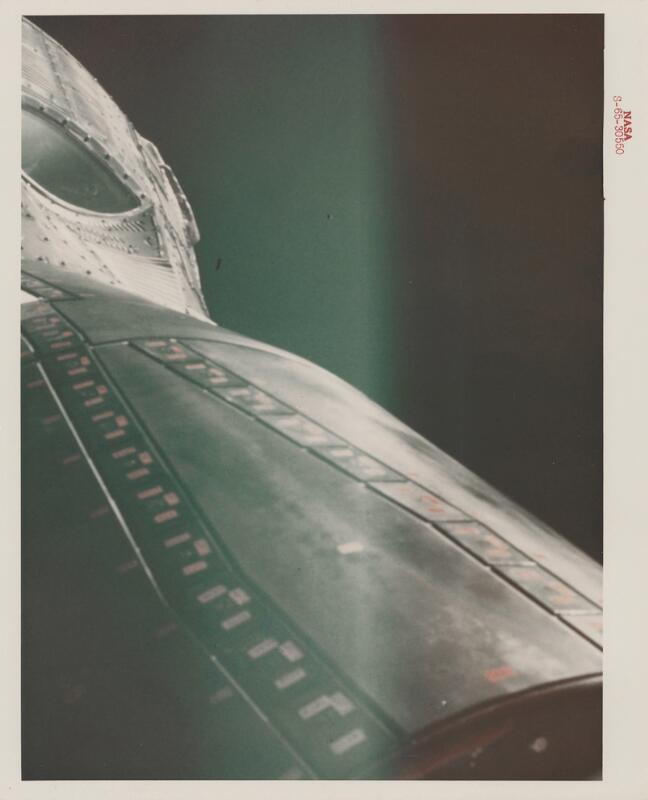
.jpg)
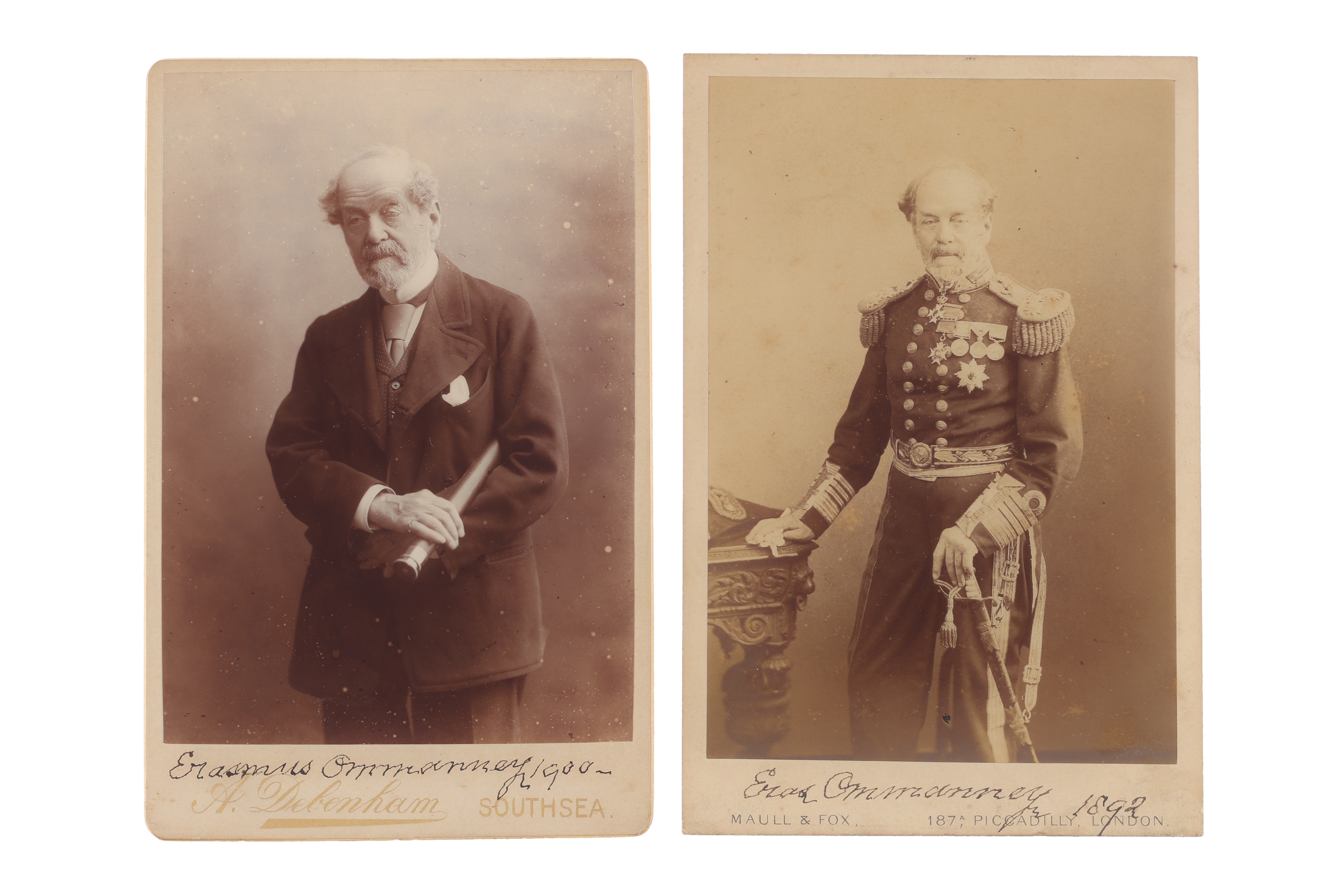

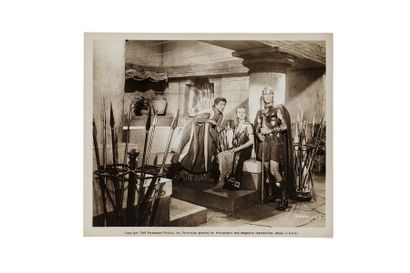


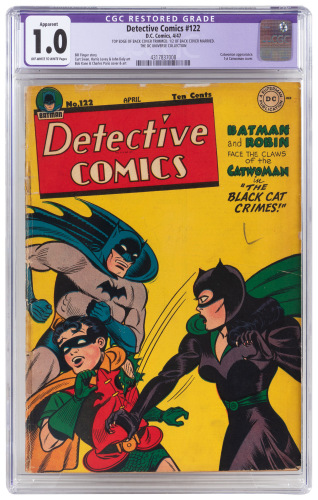


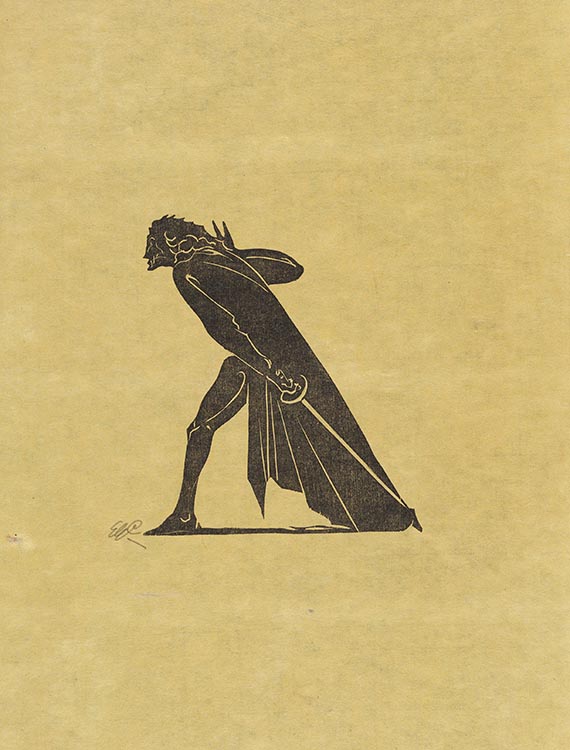
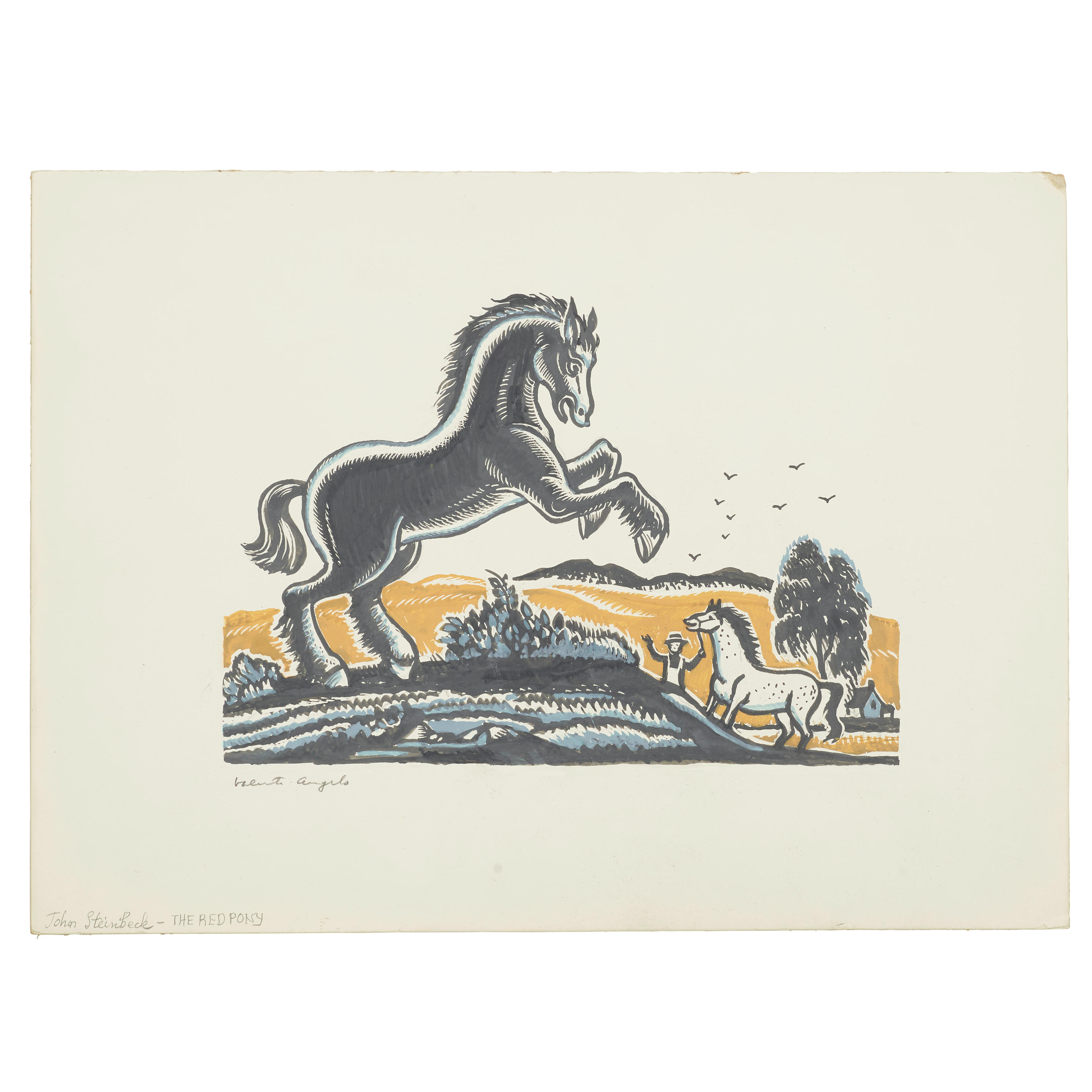
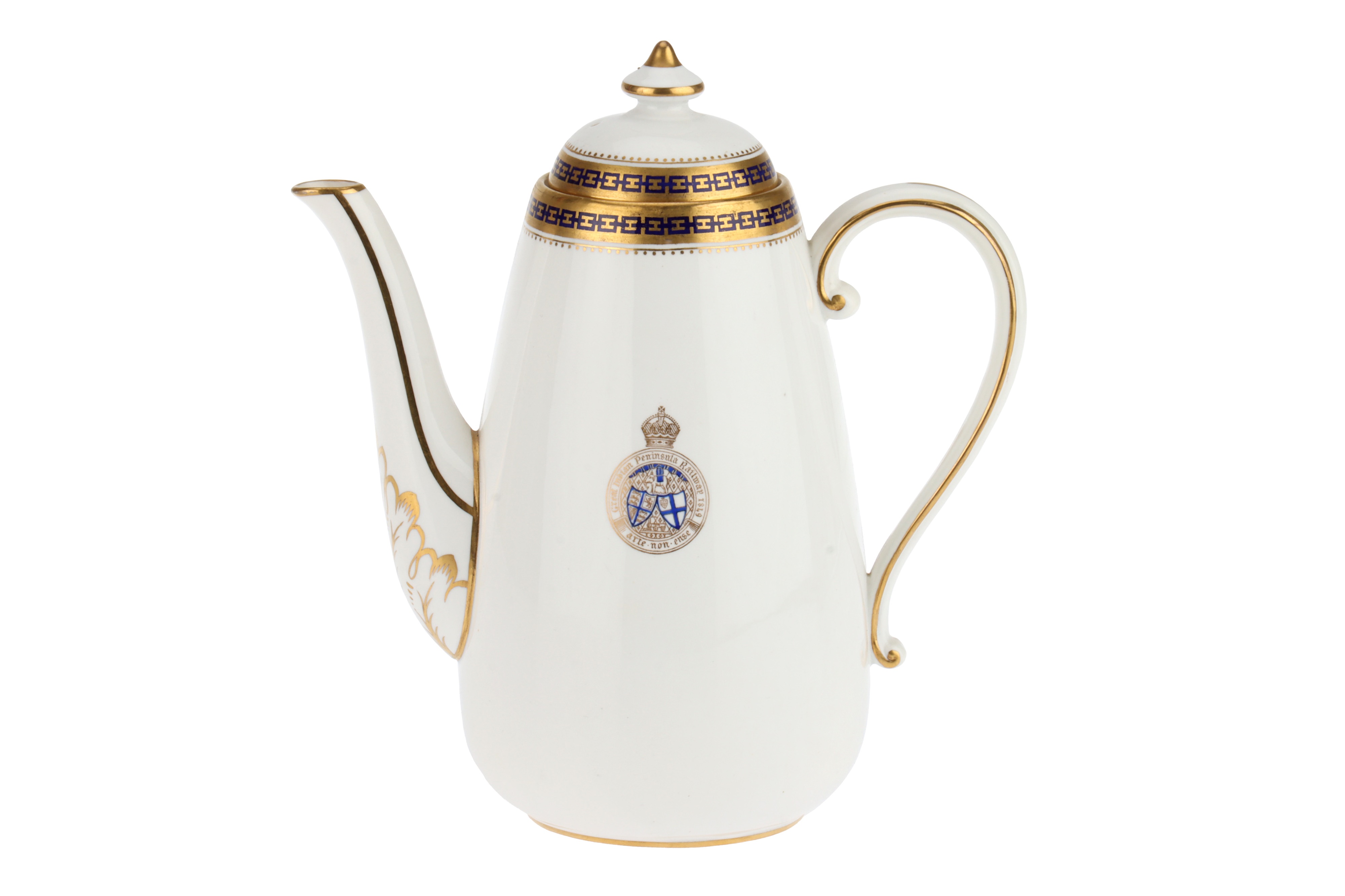
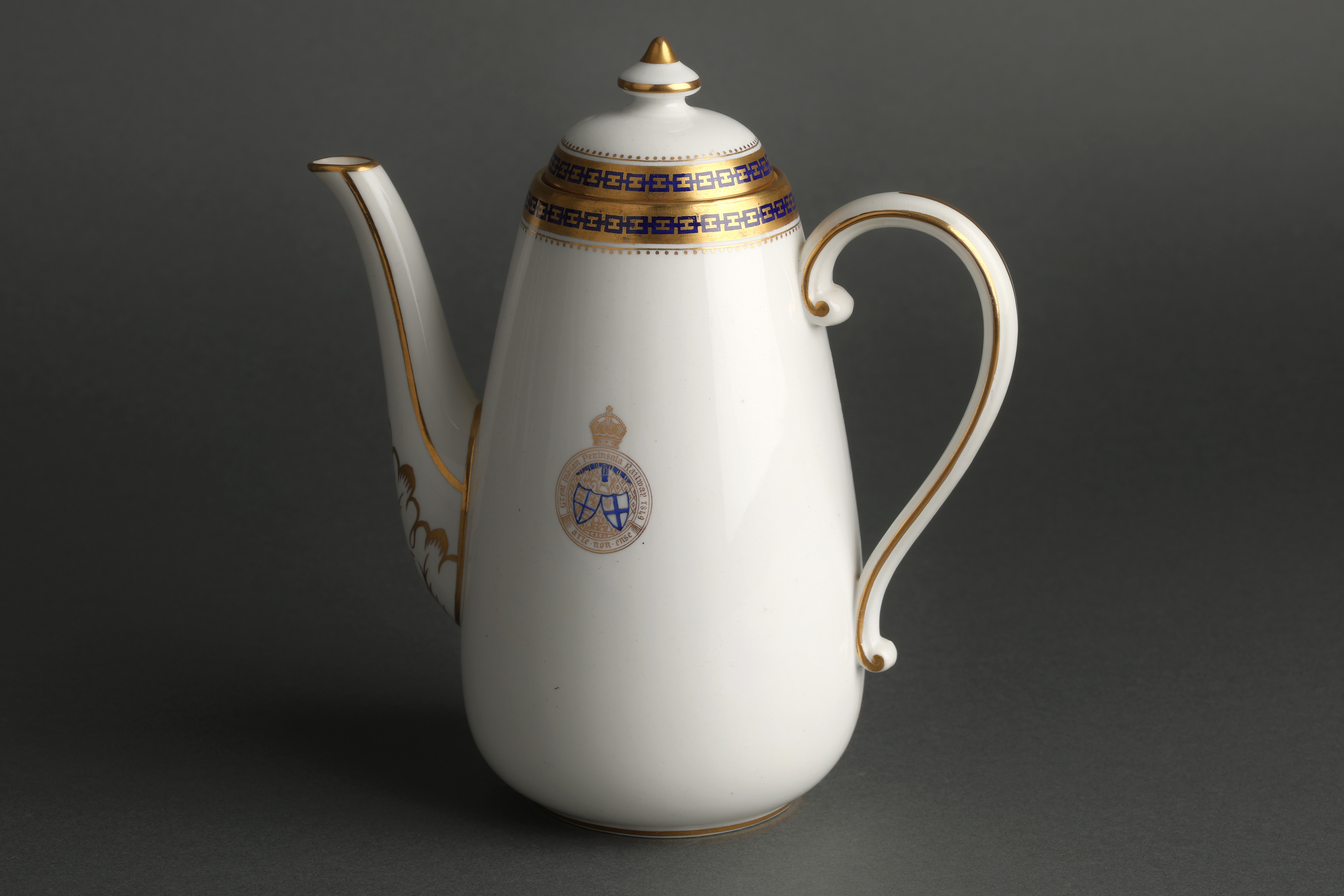
Try LotSearch and its premium features for 7 days - without any costs!
Be notified automatically about new items in upcoming auctions.
Create an alert